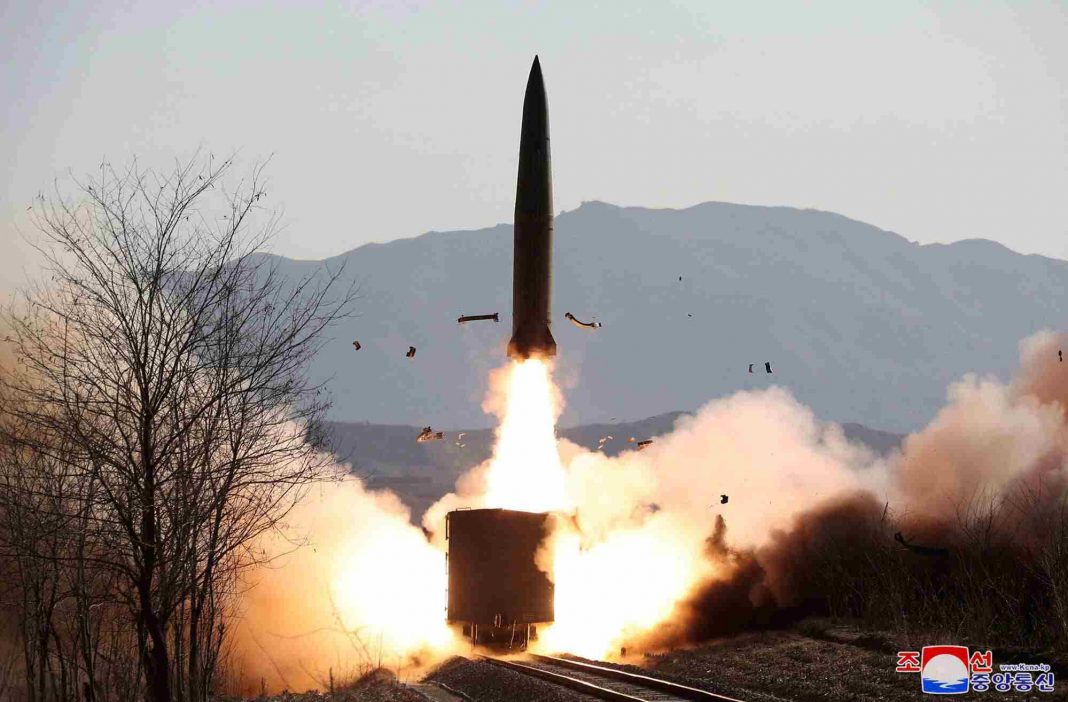North Korea conducted its fourth nuclear test in a month on Monday, launching two short-range ballistic missiles off the country’s east coast.
The missiles, which were launched from a location near the Suan Airport outside Pyongyang, the North’s capital, travelled 236 miles to the northeast before landing off the east coast of Korea, according to South Korean officials.
After firing two ballistic missiles from train carriages on Friday, the nation warned of a “stronger and more definite reply” if the United States assisted in imposing further sanctions against North Korea in response to its recent string of missile tests.
As a result of the missile tests, tensions have risen at a delicate time: China is preparing to host the Winter Olympics in Beijing next month, while South Korea is preparing to have its presidential election on March 9.
The North Korean regime restarted missile tests in September, after a six-month pause. As of now, it has performed a total of six missile tests, including testing of a long-range strategic cruise missile, ballistic missiles fired from train carriages that were pulled through mountain tunnels, and a submarine-launched ballistic missile, among others.
On January 5 and 11, it conducted two tests in which it fired what it dubbed hypersonic ballistic missiles with detachable glide warheads, which made them more difficult to intercept since they were able to alter their trajectory while flying.
As a result, the United States blacklisted five North Korean officials who were active in China and Russia and who, according to American officials, were engaged in obtaining commodities for the North’s nuclear weapons and missile programmes in reaction to the North’s actions. In addition, the United States has recommended that the United Nations Security Council impose more sanctions on North Korea.
On many occasions, the United Nations Security Council has prohibited North Korea from developing or testing ballistic missile technology, as well as those needed to manufacture and deliver nuclear weapons. While insisting that it is exercising its “right to self-defense” when it tests missiles, the North claims that the missile tests are “part of its efforts for updating its national defence capabilities.”
North Korea tested three intercontinental ballistic missiles in 2017, saying that they were capable of carrying nuclear weapons and destroying the mainland United States if they were launched from its territory. After that, North Korea’s leader, Kim Jong-un, began discussions with President Donald J. Trump. However, their three meetings in 2019 came to a close without reaching an agreement on how to curtail the North’s nuclear weapons development or when sanctions should be lifted.
Despite this, North Korea has restarted missile testing, focusing mostly on short-range ballistic missiles. Mr. Kim has also said that he no longer feels constrained by his unilateral moratorium on nuclear and long-range missile testing.

